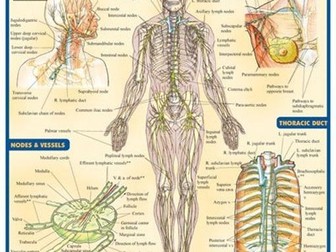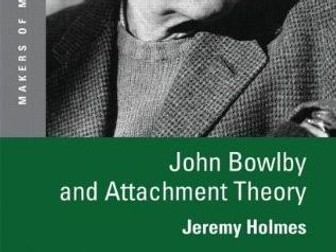Reasons for Partnership Working in Early Years
<p>This resource was created for CACHE Level 3 Certificate and Diploma in Childcare & Education with EYE to meet the D1 criteria which Explain the reasons for working in partnership within early years. It has a quiz for a starter and three carefully written case studies to be given to students in groups so that they can analyse the benefits in each case and a crib sheet to record their findings and help them to structure their assignment. It also includes a plenary. I also gave them a copy from the DCSF on Parental Involvement.</p>




